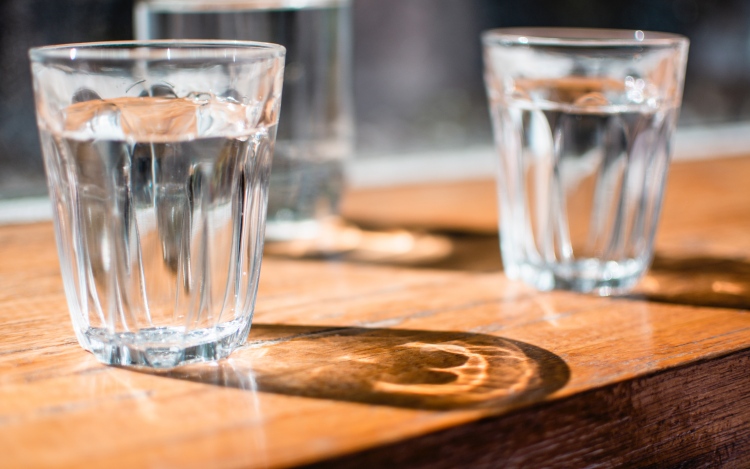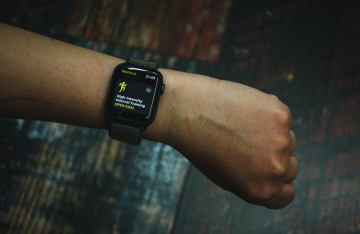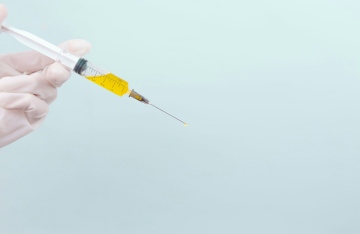Not everyone is so fortunate as to have readily available drinking water whenever they please. You yourself may live in an area that experiences potable water problems either from time to time or constantly, or you live in an area where water of any variety can be scarce. You could also simply be roughing it on a camping trip, where water also isn’t immediately available. Whatever your situation though, there are methods you can use to purify the water you either have or manage to find, giving you safe and clean water to drink.
Boil Your Water
Boiling your water is easily one of the easiest and most inexpensive ways to purify your drinking water. This method works best if you’re able to first pour the water through a filter, whether that be a coffee filter or a simple clean cloth to catch the bigger impurities. As long as the filter has small holes that make it hard for larger objects in the water to get through. After that, you’re ready to boil. The CDC recommends boiling your water for at least a full minute to make it safe to drink.
This method is effective in killing natural dangers, such as bacteria, however, this method will not treat toxic metals, chemicals, or any minerals left behind. This method is best reserved for water that is almost clean and nowhere near potential contaminants.
Use Iodine
Another method to purifying your water is with the use of iodine. This method is also an effective treatment for killing any viruses or bacteria that might be lurking in your water. There are different types of iodine available, such as tincture of iodine, which is the most common. Iodine also comes in both tablet and crystal form, although crystal iodine is difficult to get a hold of.
To use this method, it is once again imperative that you first filter your water of larger debris. Afterward, you can put the iodine in. You need two drops of iodine for every quart of water, however, if your water is cloudy you should proceed to ten drops. You should then allow the water and iodine to sit for at least thirty minutes. If you’re using any other form of iodine, it’s best to follow the directions on the packaging to get the cleanest, and safest results possible. Be aware that the iodine is going to change the color and taste of your water, but it will still be safe to drink.
Charcoal
Activated charcoal is essentially burned fibrous carbon materials, such as wood. This wood gets burned at an extremely high temperature, and quickly thereafter washed and sometimes ground into powder. The entire activation process strips the wood of previously observed materials, freeing it up to absorb new materials. Activated charcoal is a natural water filter that you can find or purchase almost anywhere, including from places such as Rikumo. Charcoal is a great method of purification as it removes the toxins and impurities without stripping the minerals that should be in your drinking water. The carbon bonds to the impurities in the water, drawing them out of the drinking water.
To use, you first need to boil the charcoal in a pot of boiling water for 10 minutes. Remove the charcoal sticks from the water and let them cool. Put the cooled charcoal in your water pitcher and allow it to sit for two or three hours. Keep in mind that you can use the same charcoal sticks for two or three weeks, boiling them to release the chemicals they’ve trapped and refreshing them. You then only need to replace the charcoal sticks every three months. Many people prefer this method of purification, as they also enjoy the taste the charcoal gives the water.
Distillation
Distillation is the process of purifying water through cooling and heating, essentially evaporating the water and collecting it with the contaminants left behind. Inorganic compounds and large non-volatile compounds don’t evaporate, allowing the water to be considered clean after it’s condensed from steam back into water, now with everything removed. Not only can distillation remove germs, viruses, and bacteria, but it can also remove heavy metals from the water. Keep in mind that this method can be quite expensive. That is why it is only practical for purifying a small amount of water at a time.
Distilled water removes absolutely everything from your water, meaning you’ll be lacking the minerals usually found in drinking water alongside the impurities. This may affect the taste for some people, as they could find the taste completely empty compared to drinking normal water.
Chlorination
Chlorine is a chemical that can kill just about any disease-causing organism that can be found in water. You can purchase liquid chlorine or tablets either online or from the store. One of the many great things about chlorine is that it is an inexpensive option. It’s also one of the quicker options, as it only takes thirty minutes to work. If you use tablets, then they will have to be used in water that is above 70 degrees Fahrenheit.
Clean water is something that everyone needs to have and should have readily available. If your water is not clean, then you can purify it by boiling it, using charcoal tablets, or chlorine. You can also use iodine or purify your water through a process of distillation. No matter the method though, you have access to clean water ready to drink.




